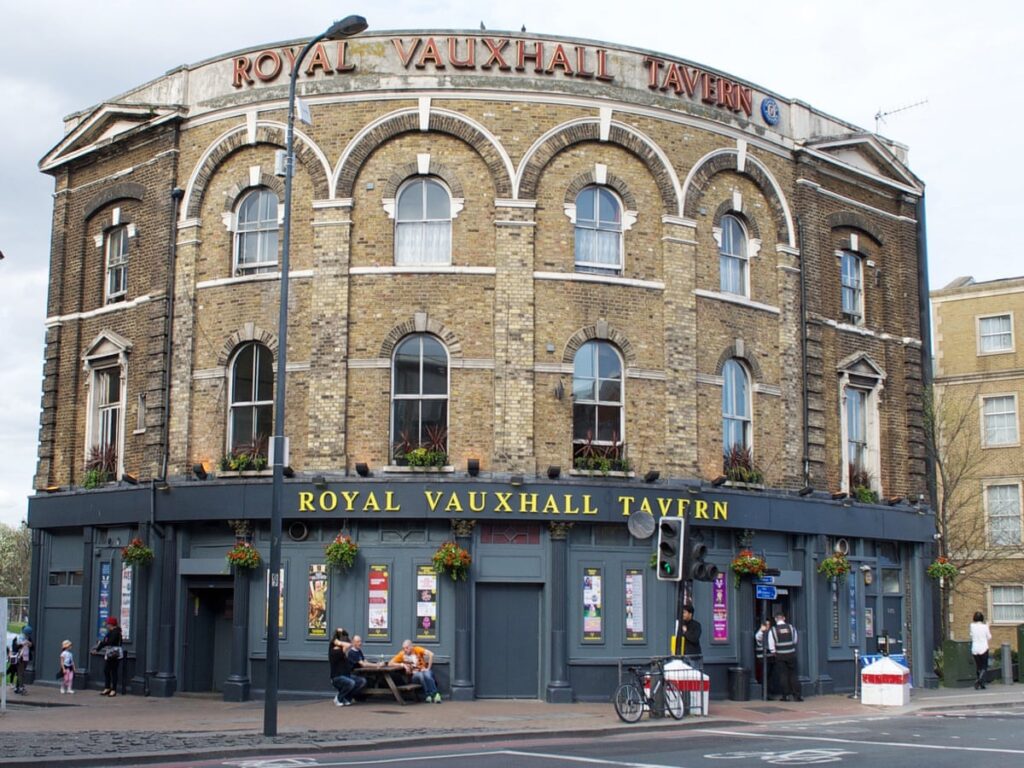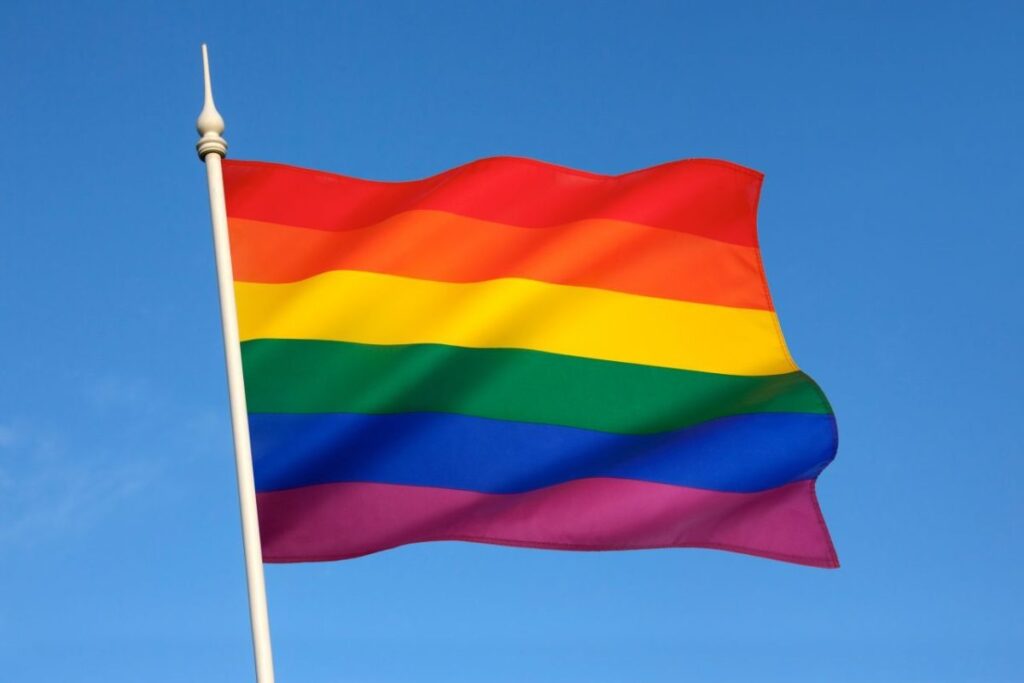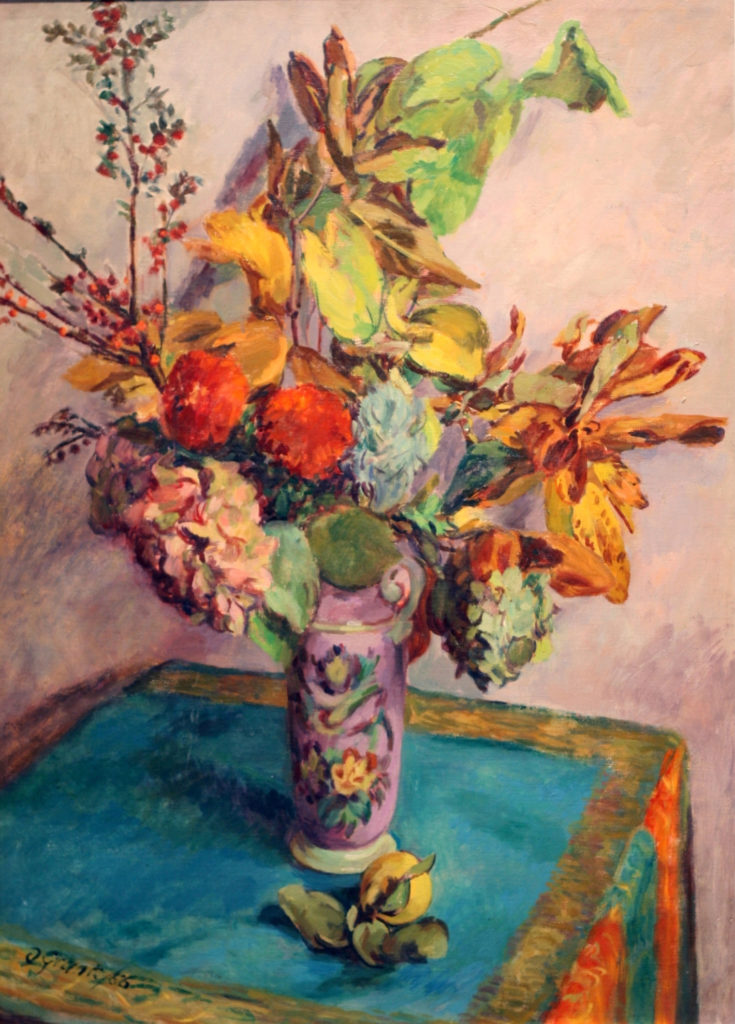My early morning ritual begins with a long walk on the treadmill at the gym, the bank of which are well supplied with large screen TV’s. As a consequence, I was able to watch a segment on Fox News entitled ‘Indoctrination or Education?’, the point of which, in simple terms, was to dispute the necessity for any consideration of critical race theory in public education in the US. This being Fox, ‘dispute’ understates the tenor of the discussion with ‘decry’ more appropriate.
My gentle readers won’t be surprised to find that I am an infrequent viewer of Fox News, which most pundits will allow has less to do with news than it does an aggregate of opinionated talking heads, which talk consists of shallow, ill formed criticism of anything espoused by those in government or the media of a more, shall we say, intellectually progressive bent. Fox’s editorial policy would define ‘intellectually progressive’ as ‘socialism’. And we all know how abominable those long standing socialist programs are- Medicare and Social Security, for instance. Anathema.
I digress.
A consideration of critical race theory then begs question about the nature of public education, and immediately puts me in mind of teacher training. No one living remembers that teacher training colleges were in the 19th and early 20th centuries called ‘normal schools’ by which was meant training in the ability to teach a normalized curriculum of reading, writing and arithmetic. In this, I’d venture to say the United States outstripped the rest of the world in providing a free public education standardized such that all its citizens could communicate with each other linguistically and numerically. Certainly for a nation as geographically disparate, this was an essential feature that ensured social cohesion.
In my own youth, the public schools that I attended did a great job in promoting the basic curricula, but I can’t honestly say that critical thinking was very much in evidence. In my own hometown, despite a large population of Americans of Japanese descent, I never heard a word about Japanese internment during World War Two until I was well along in high school. And, coincident with that, there was no significant discussion about Jim Crow/Plessy v Ferguson despite the fact that at the time, the civil rights movement was roiling a large part of the country. The only doctrinal issue I can remember from my public schooling was that the American system of government was good- as opposed to communism, the great of evil of my day, which was bad. I remember vividly in a social studies textbook of perhaps my own grade 8, with a photo of a white American family en famille in what would be taken as a comfortably typical home, illustrative of Americanism. The opposing photo was of a group of goose-stepping soldiers marching in the Kremlin. The simplistic, or simpleminded, text beneath these paired photos told how America was a place of freedom and plenty, and Communists’ sole raison d’etre was world domination.
Ignoring social issues and a dearth of critical thinking within the curriculum makes it of course easier not so much for teachers to teach, but for boards of education to have trouble-free tenures. But then, the remit of all boards of education is governance consistent with the social and intellectual standards of those they represent. A conservative community yields a socially conservative board- a more progressive community yields, well, a slightly less conservative board.
And ultimately, it is an inherent conservatism in public school education that makes the incorporation of any sort of social change within its established curriculum so difficult to accomplish. And, too, the life of the teacher and the five, ten, or 50 year old textbook renders canonical the thinking of an earlier generation. What might be considered as the socializing effect of a public school education is in reality, a normalizing indoctrination of thoughts and opinions most common at the time a teacher received their credential, or when a textbook was written.
I have to say, at long last we are generally having discussions that include previously ignored and tabooed subjects related to race, gender, sexual orientation- and sex generally- and economic inequality. Discussions, mind you, of which critical race theory is amongst them. But then, important critical considerations previously ignored must start someplace, and I repeat, at long last. Let’s take another look in our own mind’s eye at the social studies textbook picture of Americanism. Bear in mind that what you don’t see- gender, race, and income inequality- was certainly present, but using the photo as our exemplar, safely out of view and what might have been in view, papered over.
‘Indoctrination’ as the Fox News commentator would have it is absolute balderdash. The long standing, habitual failure to acknowledge long present and shall I say critical issues that begged for the likes of critical race theory has eaten away at the social cohesion public education was designed to promote. Fox News needs only to pay attention to its own reporting to know the truth of this.



